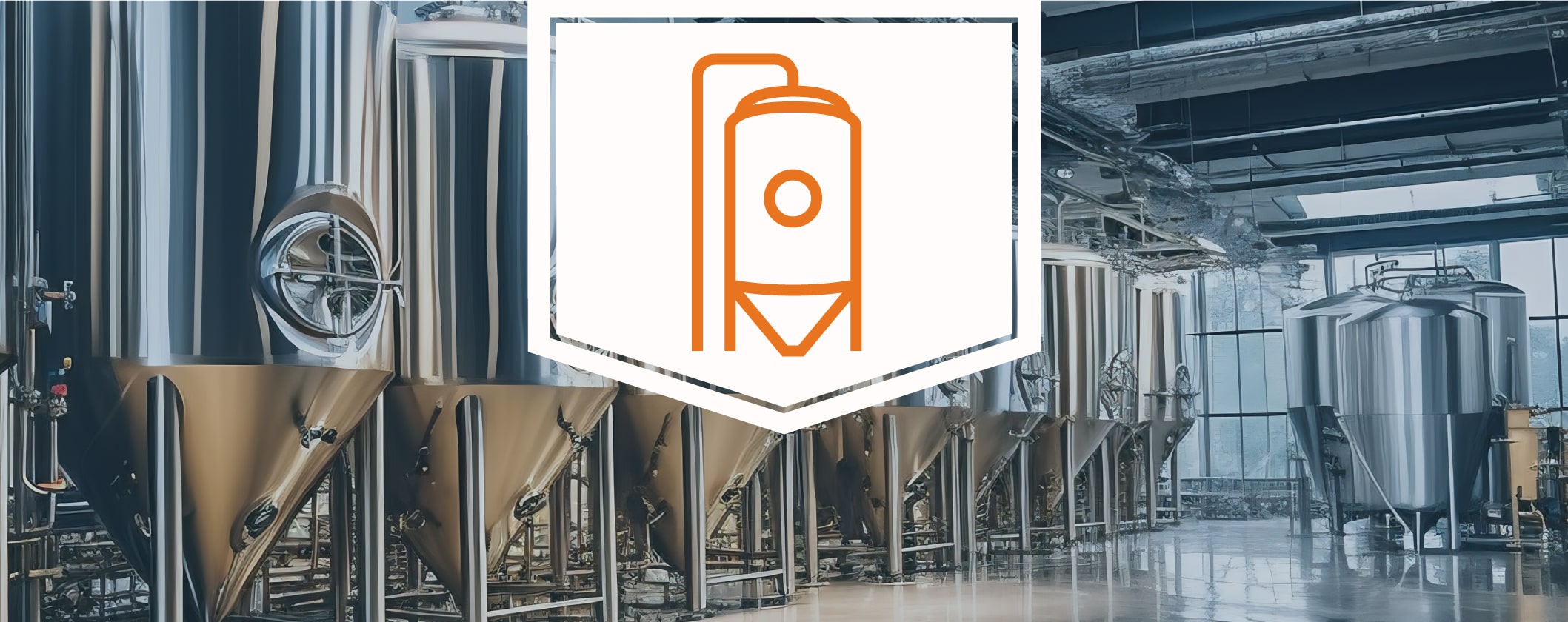Going to use this guide. This being said, 7lb of slurry would be just under a gallon of slurry since water alone weighs 8lbs per gallon. I really want to reuse yeast. Problem is, how many days into fermentation should I pull the slurry. Should I remove a gallon of trub after a few days of fermentation and then on (let's just say) day 10 pull a gallon of slurry? I will use cement blocks to raise my fermenters to aid in yeast removal. BTW 2bbl system.....
 Screen Shot 2020-04-11 at 11.32.24 AM by Jeremy Boucher, on Flickr
Screen Shot 2020-04-11 at 11.32.24 AM by Jeremy Boucher, on Flickr
 Untitled by Jeremy Boucher, on Flickr
Untitled by Jeremy Boucher, on Flickr
 Screen Shot 2020-04-11 at 11.44.49 AM by Jeremy Boucher, on Flickr
Screen Shot 2020-04-11 at 11.44.49 AM by Jeremy Boucher, on Flickr
 Screen Shot 2020-04-11 at 11.32.24 AM by Jeremy Boucher, on Flickr
Screen Shot 2020-04-11 at 11.32.24 AM by Jeremy Boucher, on Flickr Untitled by Jeremy Boucher, on Flickr
Untitled by Jeremy Boucher, on Flickr Screen Shot 2020-04-11 at 11.44.49 AM by Jeremy Boucher, on Flickr
Screen Shot 2020-04-11 at 11.44.49 AM by Jeremy Boucher, on Flickr

Comment